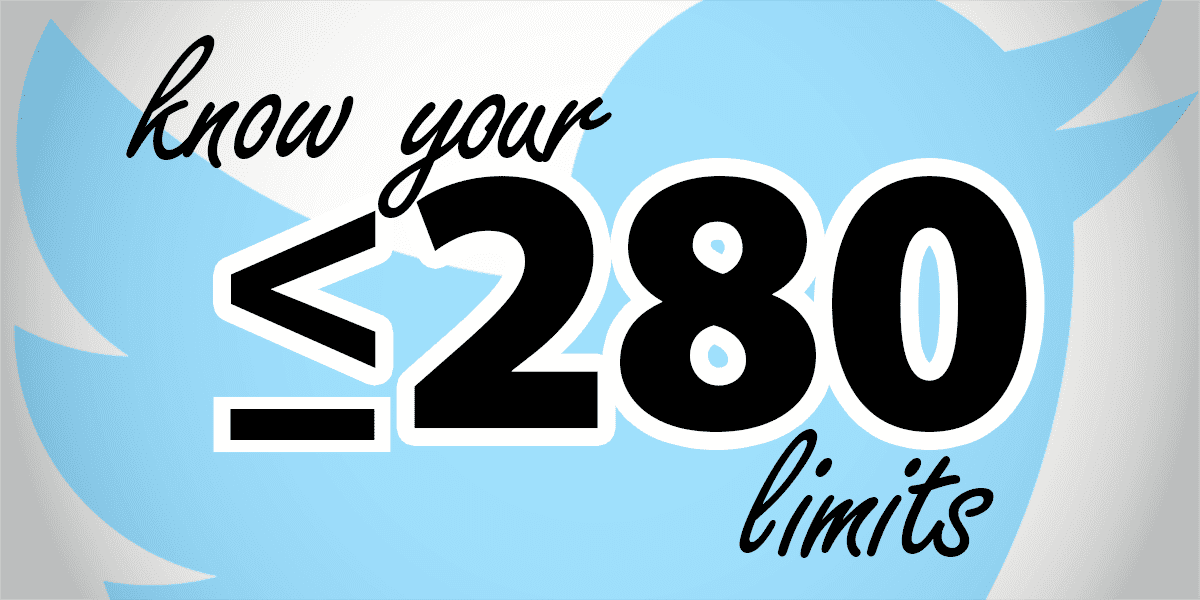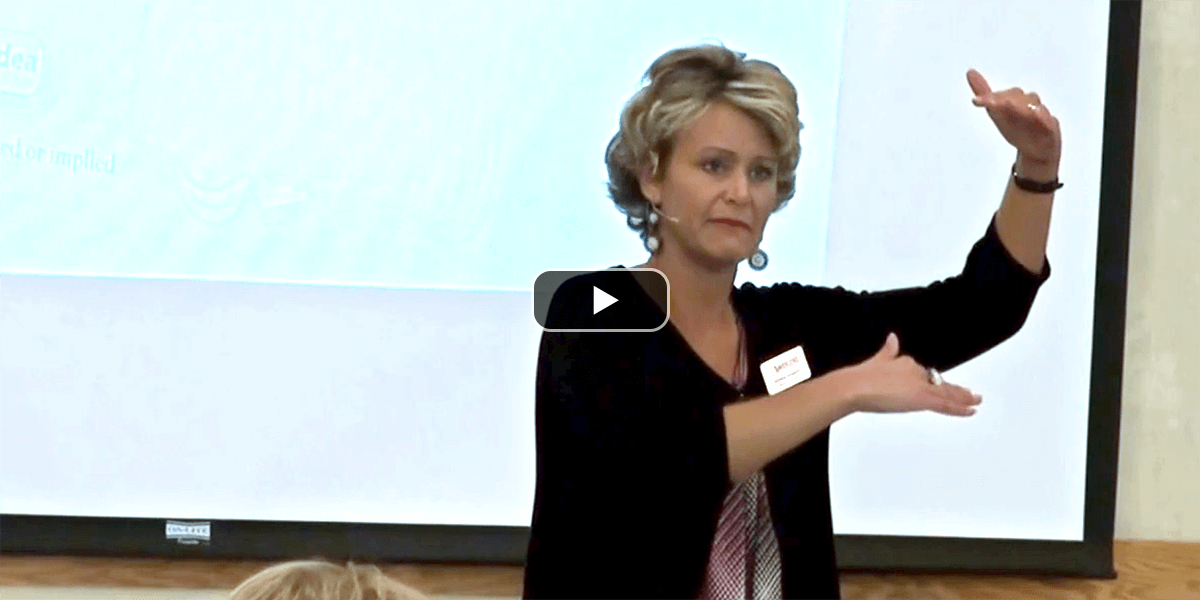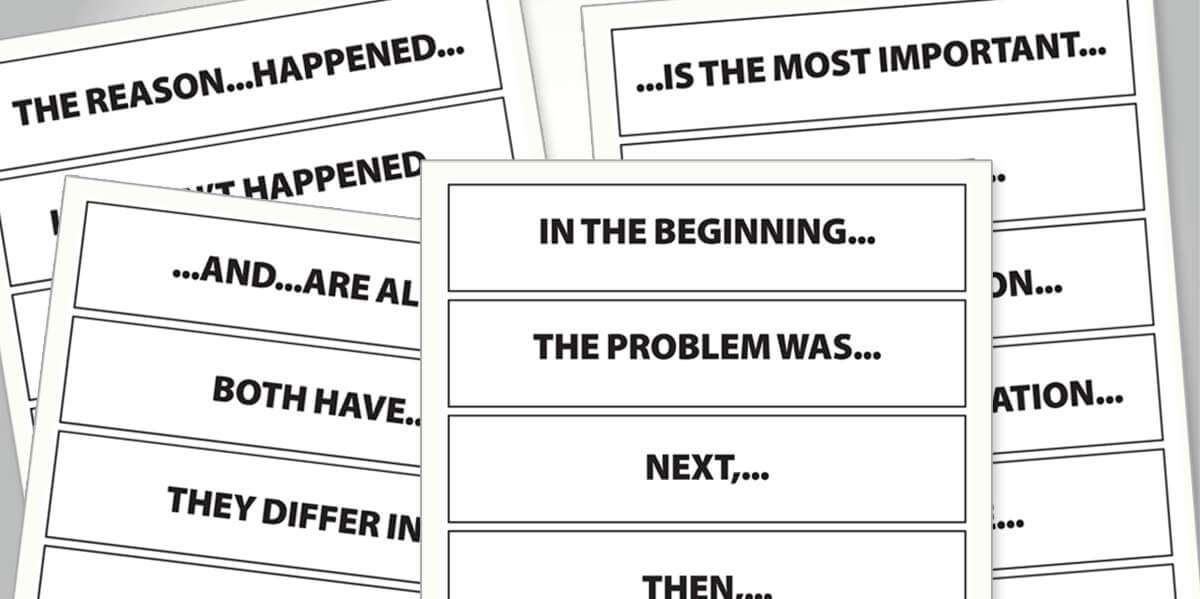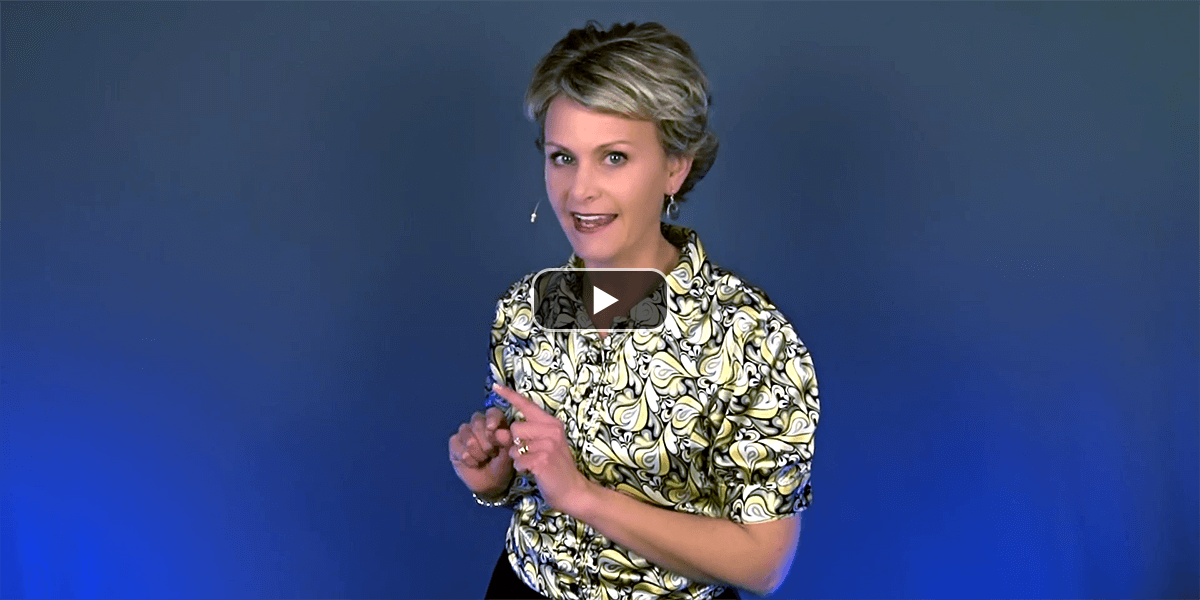Learning Center
reading
Write simple summaries and determine main idea
january 25, 2011

Some students struggle to summarize what they’ve read. They can tell you lots of specific details that were within the reading, but they can’t explain the big idea, what the reading was all about. To work on summarization with her students, Kate Bieker at Willowcreek Middle School (Portage, IN), has developed two fantastic ideas.
“Tweet” it
Students have to summarize their reading as if they were “tweeting” (writing a Twitter message) to a peer. Twitter only allows for 280 characters including spaces and punctuation. WOW! That’s a concise summary. Students write out their Twitter summaries on paper, but they are conscious of their characters the entire time. This requires students to summarize the main idea of the reading, but it also gives them an authentic audience (a peer), connects to their love of anything digital, and answers the age-old student question: “How many sentences do we have to write?”
Shrink it down
After reading a passage, Kate gives her students each a 4×6 index card to write a summary. She allows them to write as much as they want. When they’re done, she then gives each student a standard square sticky note (3×3). Without looking back at the reading, and with smaller space, students then rewrite their summaries utilizing only the most important details and information from their original 4×6 cards. Then, Kate provides each student with a single sentence-strip of paper (1×3). They have to revise their 3×3 sticky note summaries as single, main idea sentences on their final 1×3 sentence strips.
Turn subheads into questions
We know that comprehension increases when students have an authentic purpose for their content-area and textbook reading. Mary Hall (Sweetser Elementary, Sweetser, IN) helps her students identify their purpose by teaching them to turn traditional chapter subheadings into questions. Finding an answer to the question becomes the students’ purpose for reading.
- ORIGINAL SOCIAL STUDIES SUBHEADING: A Sea Route to India
RE-WRITE: Where was the sea route to India? - ORIGINAL SOCIAL STUDIES SUBHEADING: The Renaissance
RE-WRITE: What is the renaissance?
Love how these ideas work for the language arts teacher and the content-area teacher and for nonfiction text and informational reading. Thanks for sharing!





